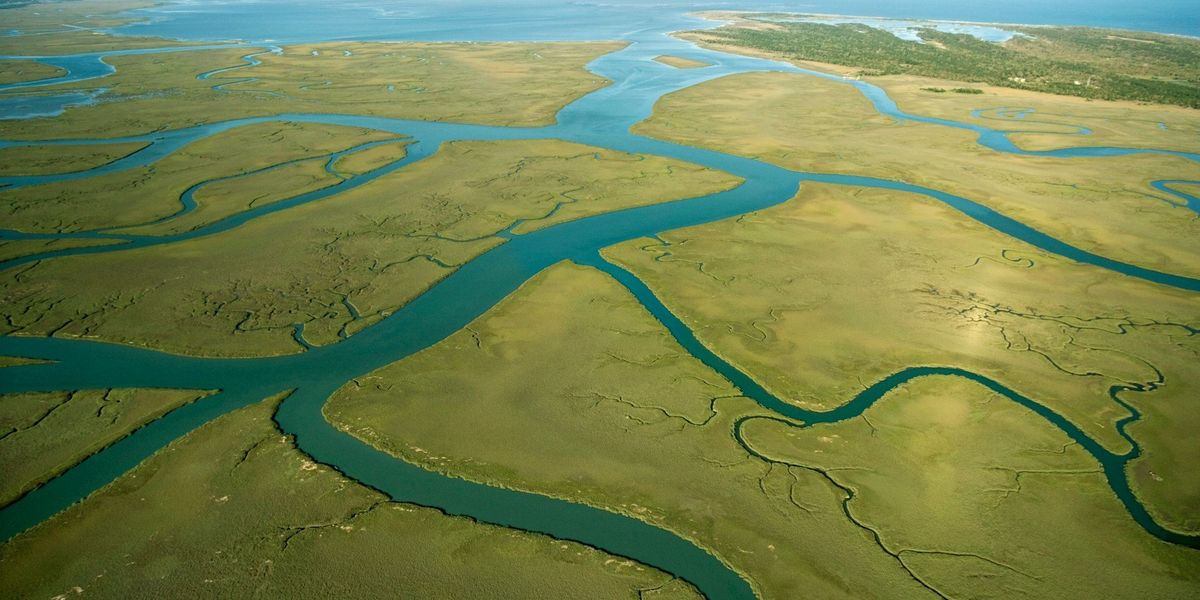Colombian farmers face hunger as floods, mercury pollution, and conflict destroy food supplies
A year of flooding, poisoned waterways, and rising violence has deepened poverty and food insecurity for rural Afro-Colombian and Indigenous communities in the Salaquí River basin.
Natalia Torres Garzón reports for The Guardian.
In short:
- Nearly 40,000 rural residents in Colombia’s Riosucio municipality are facing worsening food insecurity due to repeated floods, river sedimentation, and mercury contamination that have wiped out crops and decimated fish stocks.
- Government programs like “zero hunger” have done little to address the root causes of food loss, as most aid efforts fail to tackle flooding, transport breakdowns, and land degradation in the Chocó region.
- Armed groups such as the Gaitanist Self-Defence Forces of Colombia have added to the hardship by controlling movement, displacing communities, and claiming territory in already struggling areas.
Key quote:
“The only thing that guarantees us a livelihood is our land. Hunger does not wait.”
— Juan Bautista, leader of the Coco Arenal community
Why this matters:
Extreme weather, deforestation, and illegal gold mining are pushing some of Colombia’s poorest rural communities to the edge. What’s happening in the Salaquí River basin shows how overlapping crises — climate shifts, environmental contamination, and armed conflict — can obliterate local food systems. Subsistence farmers who once fed their families with cassava and plantain now rely on costly imported staples, if they can find them. Mercury from mining poisons the rivers, shrinking fish populations and posing health risks to people who depend on them. The region’s isolation makes aid delivery difficult, while criminal groups block access and displace residents. The erosion of traditional livelihoods in Chocó is a warning for how climate and ecological breakdown will hit Indigenous and Afro-descendant communities across the Americas first and hardest.
Related: Colombia’s largest oil company accused of hiding environmental damage













